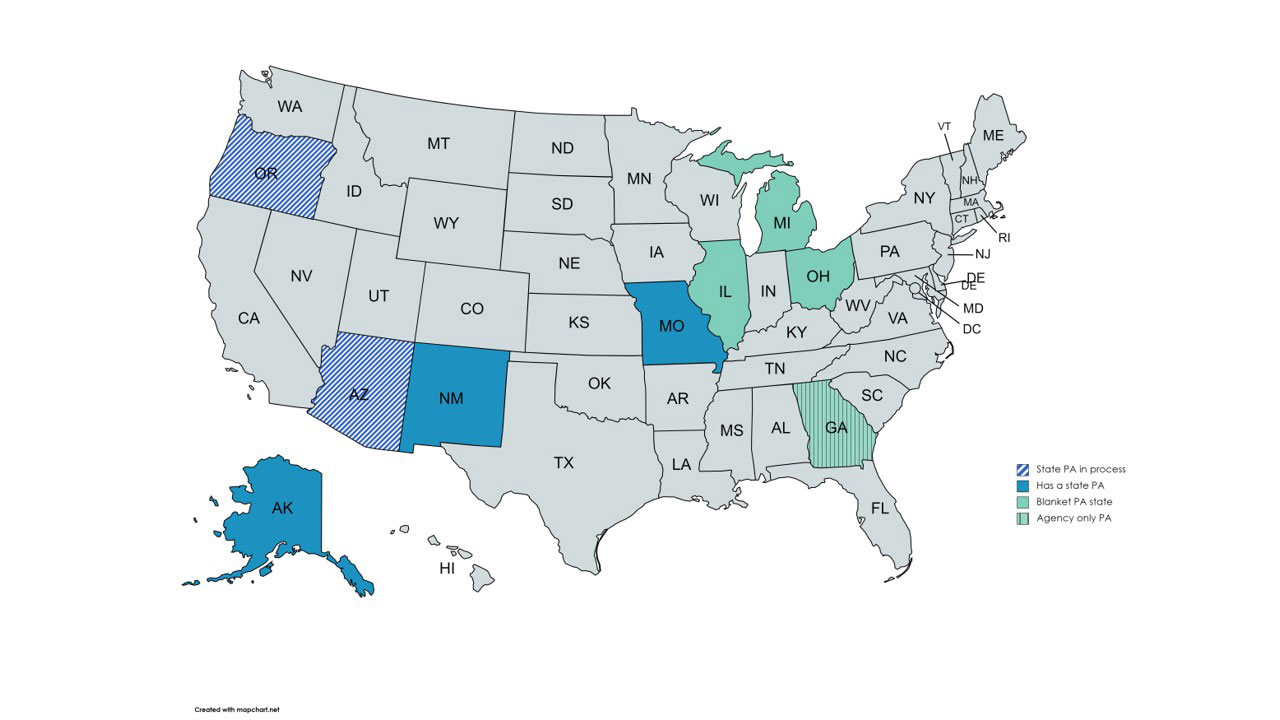NASPO ValuePoint Supplier Partner

NASPO ValuePoint Agreement:
Inmate Communications
Solicitation Number: 99SWC- NV22-13387
Lead State: Nevada
Contract Period: 1/1/2023 – 12/31/2025
Renewal Limit: 12/31/2028
This NASPO ValuePoint Master Agreement may be used by all state agencies, institutions of higher institution, state and local government agencies, political subdivisions and other entities authorized to use statewide contracts. Issues of interpretation and eligibility for participation are solely within the authority of the State Chief Procurement Official.
NASPO ValuePoint Master Agreements are competitively solicited using a Lead State™ model, supported by a Sourcing Team™ comprised of multiple state procurement representatives and subject matter experts, leveraging the expertise and buying power of the many states and other participating entities.
Securus Awards:
Inmate Kiosks and Tablets
Inmate Phones

*As of 3/12/2024
NASPO ValuePoint Benefits Flyer
Document Files
- Master Service Agreement
- Securus Model PA
- Securus Cost Proposal
- Securus Technologies – Amend 1
- Amendment 1_Exhibit B
- NASPO/SECURUS Webpage
- General Award Information
More Information
If you have any questions, would like more details about the agreements available, or feel like the above agreements do not apply to you and need an alternate option, please contact your Securus Account Manager.
NASPO ValuePoint is the cooperative contracting arm of the National Association of State Procurement Officials (NASPO) a non-profit organization formed in 1947, comprised of the Chief Procurement Officials of all fifty states, Washington D.C. and the U.S. Territories; to promote public procurement throughout the country. NASPO ValuePoint facilitates administration of the NASPO cooperative group contracting consortium of state Chief Procurement Officials for the benefit of state departments, institutions, agencies, and political subdivisions; as well as other eligible entities including cities, counties, special districts, community colleges, universities, and some quasi-governmental and nonprofit organizations.
